The first trip to Central Asia by a German chancellor in 14 years has left many promises, but there is still a long way to go before these promises come to fruition.
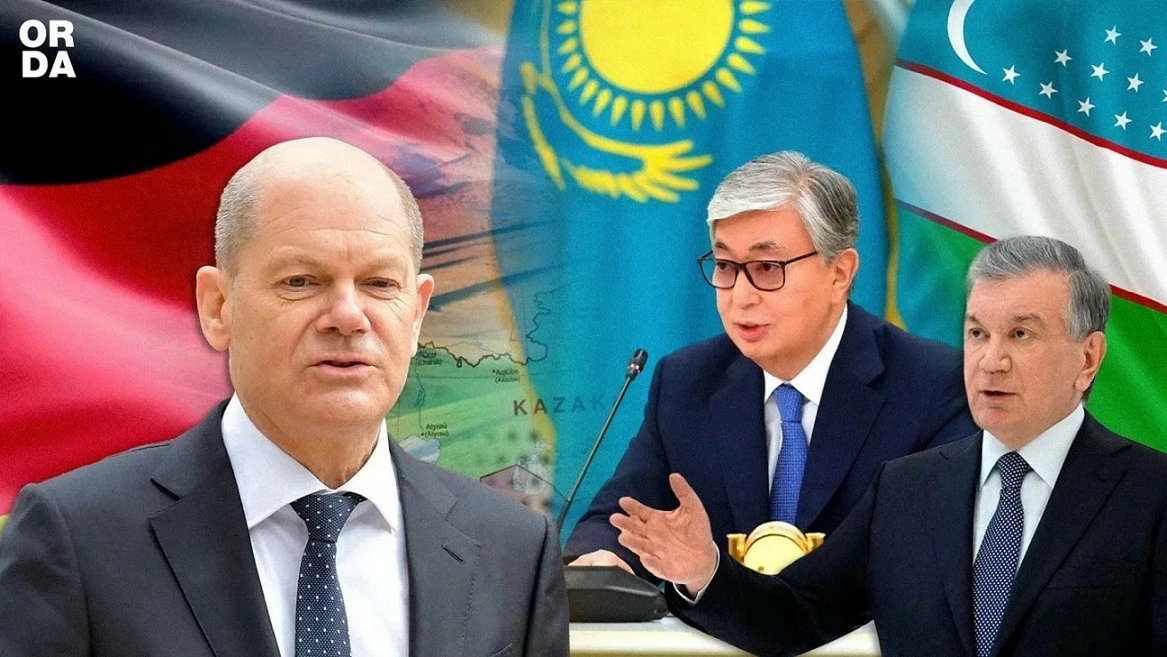 |
| From left: German Chancellor Olaf Scholz, Kazakh President Kassym-Jomart Tokayev and Uzbekistani President Shavkat Mirziyoyev. (Source: Orda) |
German Chancellor Olaf Scholz's visit to Kazakhstan and Uzbekistan from September 15-17 has caused mixed reactions globally.
On the one hand, the first visit to these countries by the head of the German government in 14 years creates a historic change in relations between Berlin and the Central Asian countries, and at the same time leads to a change in the overall relationship between the European Union (EU) and the region.
On the other hand, Kazakh President Tokayev's comments about the Russian military being considered "invincible" may indicate Astana's lack of interest in continuing cooperation with Germany and the EU.
Despite the ambiguity about the overall outcome of Chancellor Scholz's meetings with the leaders of Central Asian countries, what can be said for sure is that renewable energy has been at the top of the agenda during this visit.
Discussions on critical raw materials and green hydrogen dominated the meetings in Astana and Samarkand, alluding to the notion that Central Asia is one of the key partners for the energy transition in Germany in particular and Europe in general.
However, it is important to consider how realistic these ambitions are, what partnerships are expected and what challenges may arise during the collaboration.
Opportunities for the Z5+1 partnership to thrive
Berlin has long been no stranger to Central Asia’s green energy sector. Germany was one of the first countries to establish the C5+1 (or Z5+1 in German) approach in Central Asia, bringing together five countries in the region (Kazakhstan, Kyrgyzstan, Tajikistan, Turkmenistan and Uzbekistan) for dialogue. The Western European country has built its cooperation with Central Asia on the EU’s approach, starting in November 2022, when the 27-member bloc and Kazakhstan signed a strategic partnership on green hydrogen and critical raw materials.
Next, in July 2023, German President Frank-Walter Steinmeier and Kazakh Prime Minister Alikhan Smailov launched the first test drilling procedures at a large green hydrogen production plant in the Karakiya district of the Mangystau region.
Green hydrogen projects have been agreed with German companies, such as Svevind (which signed an investment agreement with Kazakhstan for a green hydrogen initiative worth over $50 billion in October 2022), as part of the Hyrasia One project initiated by Svevind.
Meanwhile, Uzbekistan followed a slightly different process as it sought a partner in Germany that could provide investment support for small-scale projects. Specifically, in May 2024, the German Investment Organization committed to supporting ACWA Power to develop a green hydrogen power plant in Uzbekistan’s Bukhara province, with a $25 million loan.
Crucial raw materials are also an area Germany has pursued in Central Asia in recent years. In September 2023, German mining company HMS Bergenbau announced a $700 million plan to mine lithium in East Kazakhstan. However, that plan has yet to come to fruition and no further development proposals have been made to date.
Meanwhile, for the rest of the Central Asian countries, there is no sign of any interest from Berlin in terms of energy, although they are rich in important raw materials.
Germany's approach to Central Asia is certainly promising and timely, given that the energy transition will require a lot of critical raw materials, as well as supplies of green hydrogen. Berlin is eager to revive industry, and this will require the aforementioned raw materials, as well as green hydrogen.
The importance of hydrogen can be reinforced by the fact that it is used as a raw material in the chemical and fertilizer industries, and both of these areas are of paramount importance to Kazakhstan, Uzbekistan, Turkmenistan, and to a lesser extent to Kyrgyzstan and Tajikistan.
Obstacles and challenges
While the above supports the claim that Chancellor Scholz’s visit is timely for the energy transition and green economic development in Europe and Central Asia, at the same time, the plan still faces significant challenges.
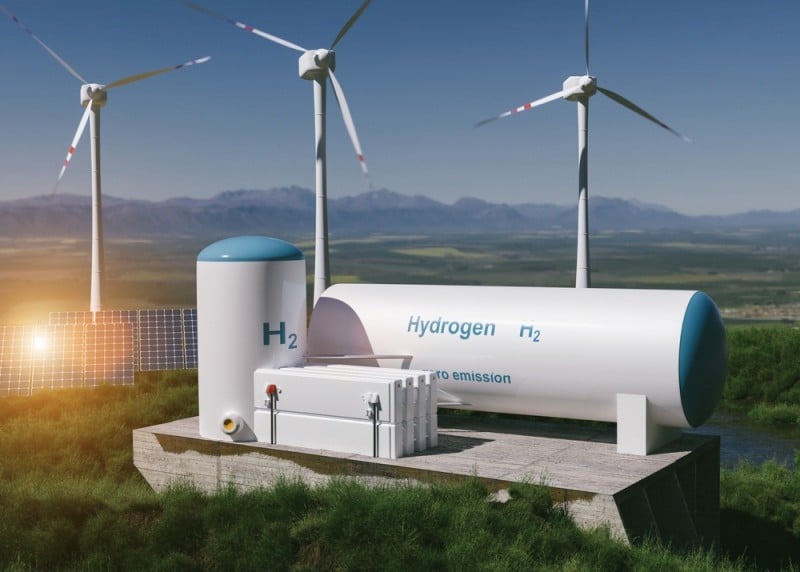 |
| Renewable energy, green hydrogen top the agenda during German Chancellor Olaf Scholz's visit to Central Asia, September 2024. (Source: Getty Images) |
The first and most important challenge is a lack of investment. The Hyrasia One green energy project requires $50 billion in financing, and no investors have shown interest at this time. Meanwhile, the project’s developers are expected to revise the required investment amount by 2026, highlighting the uncertain nature of the effort.
Similarly, for Uzbekistan, the ambition is too high, aiming for a 27GW green hydrogen plant, while the total amount German investors can commit is only enough for a small-scale project of around 30MW. It is not yet clear where the financing will come from, and a commitment from European financial institutions is needed if any progress is to be made.
Considering the global trend, while only 5% of green hydrogen projects are able to receive full-scale investment for development, the level of confidence in the completion of the above-mentioned initiatives is quite low. This is also highlighted by the fact that, out of all the agreements worth 6.3 billion USD signed between Kazakhstan and Germany, only one Memorandum of Understanding on scientific cooperation on green hydrogen is relevant.
A second challenge is expected to arise from EU frameworks targeting corporate due diligence, social and environmental responsibility, such as the Carbon Border Adjustment Mechanism (CBAM) and the Corporate Sustainability Due Diligence Directive (CSDDD). Companies operating in Africa have reported that EU frameworks are expected to result in a loss of $25 billion on the continent.
And if the alliance expands its investment presence in Central Asia while applying the above frameworks, it is expected to see similar losses. It may even cause dissatisfaction with the administrative burden these regulations create.
Finally, a major challenge has proven to be the inclusivity and participation of all Central Asian countries. For example, Tajikistan President Emomali Rahmon has proposed the participation of German entities in hydropower projects in Tajikistan.
On the other hand, Kyrgyzstan President Sadyr Japarov stressed the importance of energy projects and reducing energy shortages in the region, while the Turkmenistan President was the least involved in these discussions, with Ashgabat's cooperation with European stakeholders remaining on small-scale projects.
Berlin's fragmented approach to Central Asia could lead to a fragmentation of Central Asian states' views on the EU and would throw the overall strategy into geopolitical chaos.
Furthermore, Central Asian countries are among the most affected by the negative impacts of climate change. Investing in infrastructure such as hydropower plants, nuclear power plants, smart/green mobility will help them reduce their environmental impact and potentially export green energy. Germany can be a strong partner providing technical expertise in this area.
Overall, Chancellor Scholz’s visit to Kazakhstan and Uzbekistan certainly raised expectations for the energy transition, both for Central Asia and Europe. Ambitious projects could reshape the energy sectors in Astana and Tashkent, and turn the two Central Asian countries into strategic exporters of key raw materials and green hydrogen.
However, for these ambitions to become a reality, there are still many challenges to overcome. The current investment gap is too large and there are a number of ways to overcome this.
As part of its transition to a multipolar world, Germany must seek partnerships. These could come through an EU investment fund for Central Asia or, given the economic slowdown in Europe, Berlin could partner with regional players such as Japan and South Korea – partners with shared interests in green hydrogen and critical raw materials – to form joint investment ventures.
Another issue that arises is the burden that CBAM and CSDDD impose on the economy. Berlin should initiate a dialogue in the European Commission and the European Parliament on amendments that maintain the environmental protection benefits and the importance of corporate due diligence, while minimizing legal obstacles and administrative burdens.
Finally, Chancellor Scholz’s trip was seen as lacking an all-encompassing approach to all Central Asian countries. Meanwhile, smaller countries, such as Tajikistan and Kyrgyzstan, are fundamentally in need of expertise, science and technology to reduce their negative environmental impacts. To limit the risk of fragmentation in the Z5+1 relationship, a more comprehensive and inclusive agenda is needed.
In short, the first visit to Central Asia by a German chancellor in 14 years left many promises, but there is still a long way to go before these promises bear fruit.
Source: https://baoquocte.vn/duc-dat-cuoc-vao-nang-luong-xanh-o-trung-a-lan-gio-moi-mat-lanh-hay-chi-la-giac-mong-dem-he-288519.html








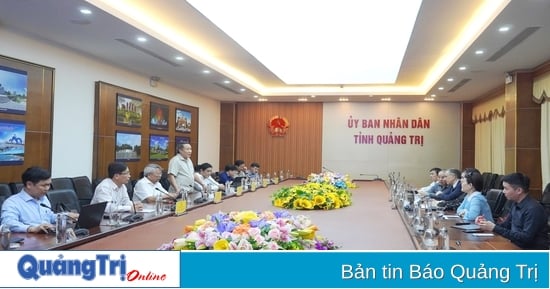



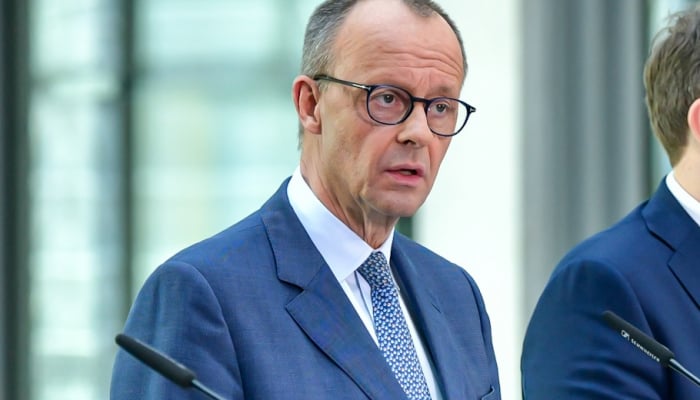

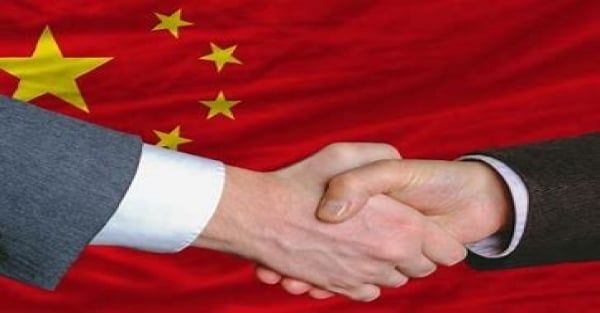



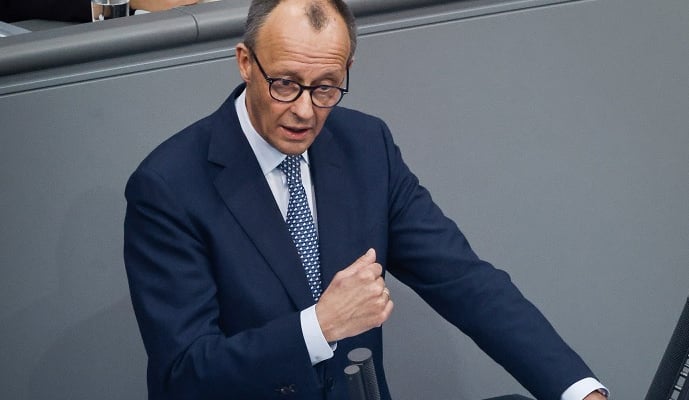
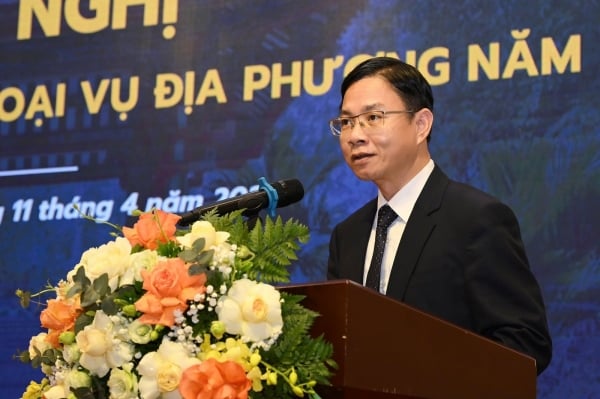
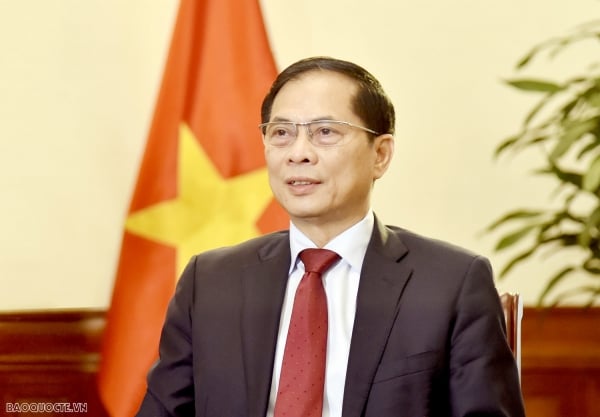
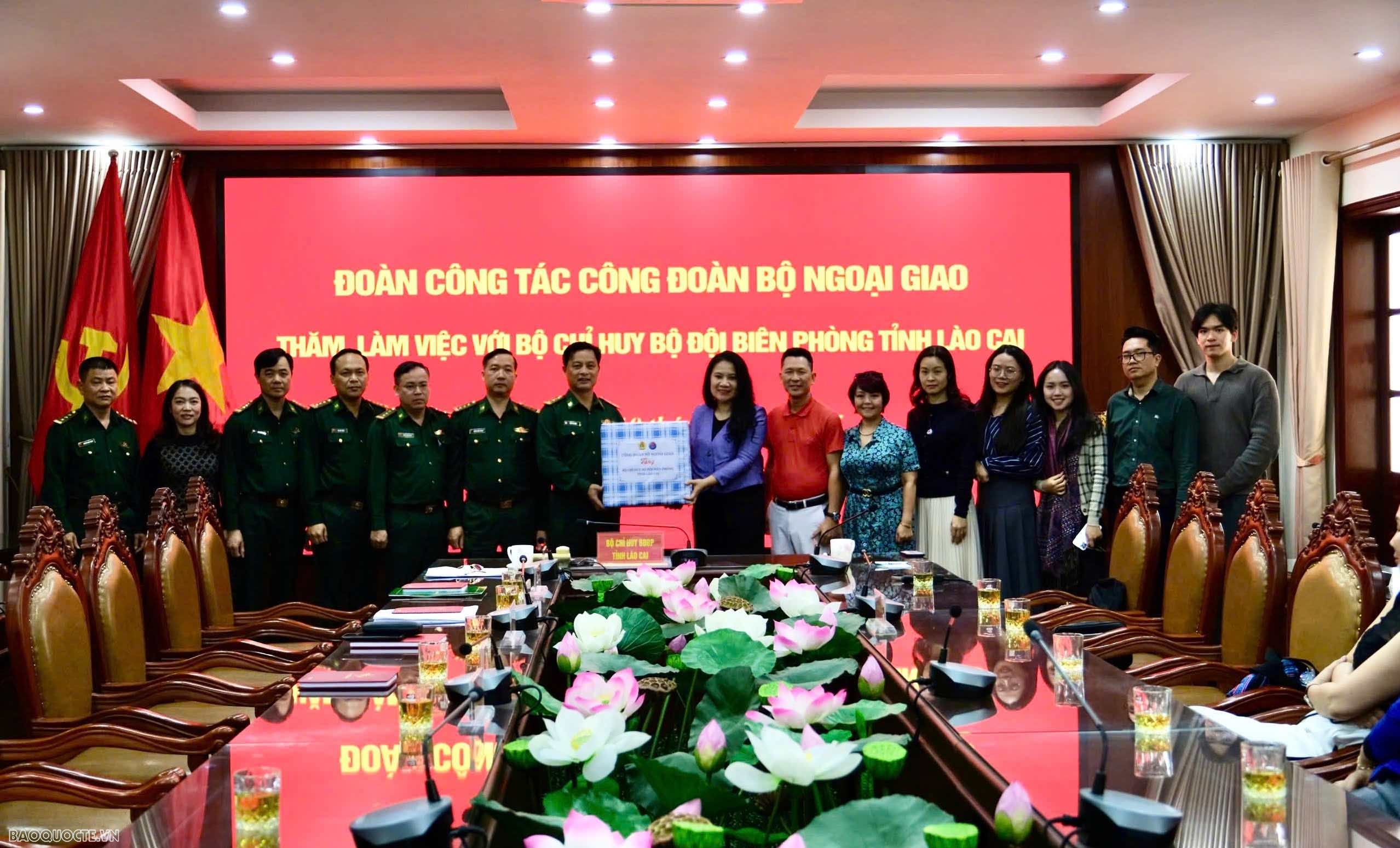
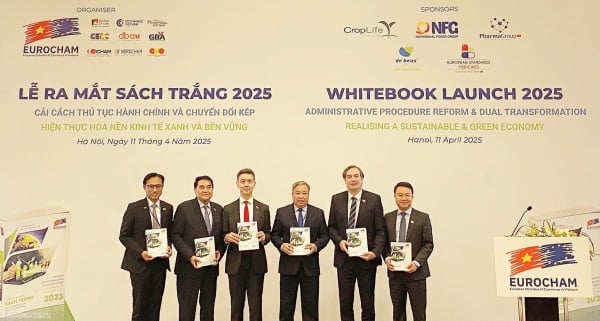



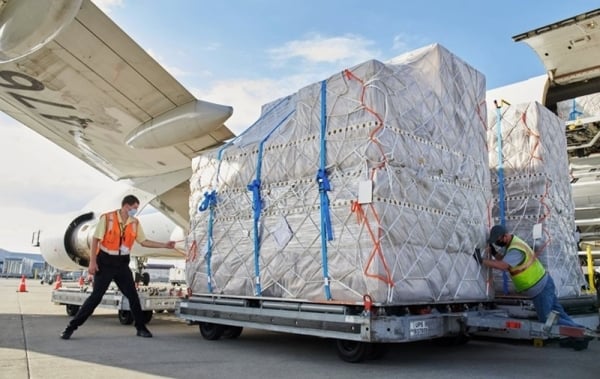





![[Photo] "Beauties" participate in the parade rehearsal at Bien Hoa airport](https://vstatic.vietnam.vn/vietnam/resource/IMAGE/2025/4/11/155502af3384431e918de0e2e585d13a)














































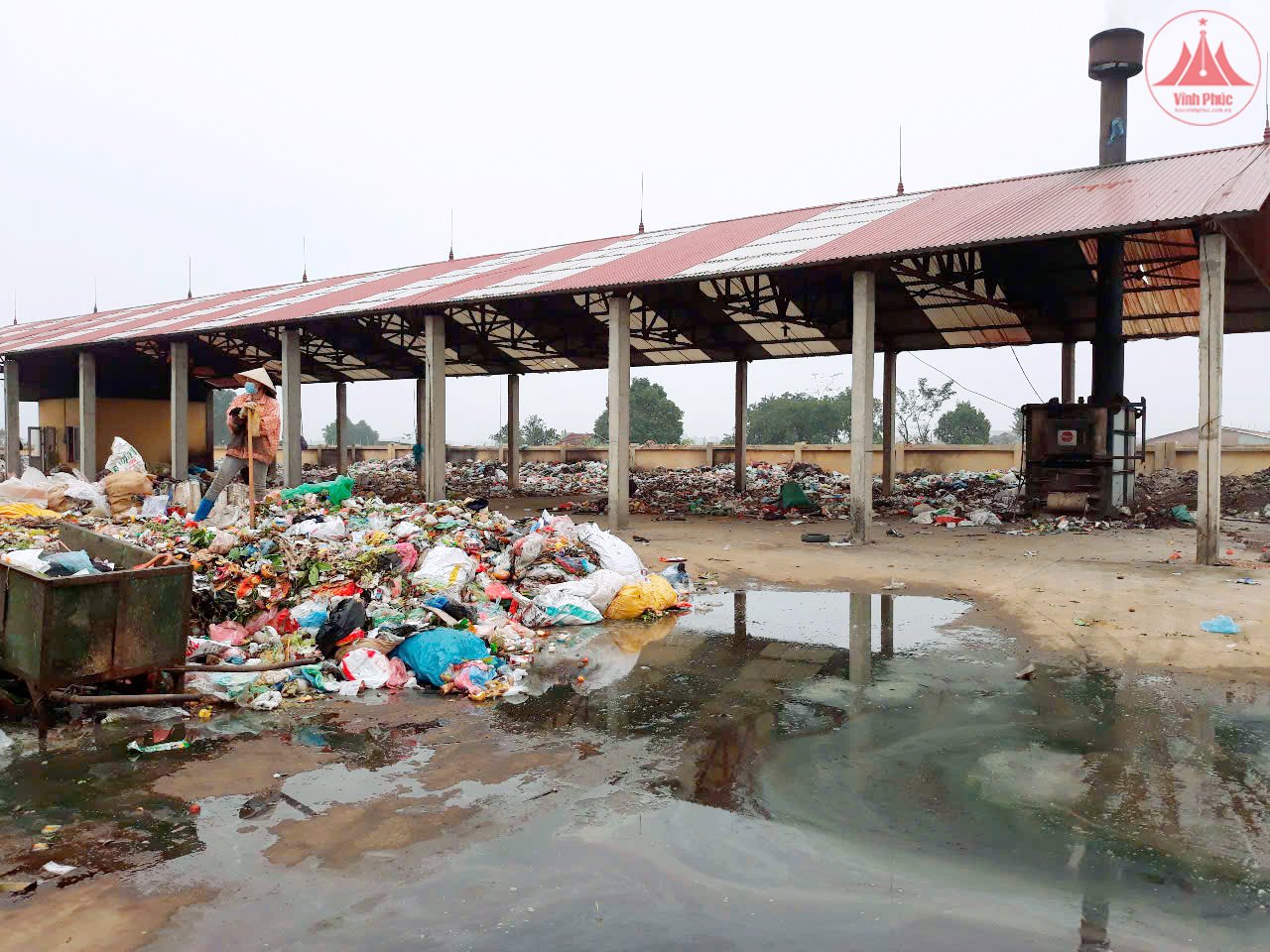
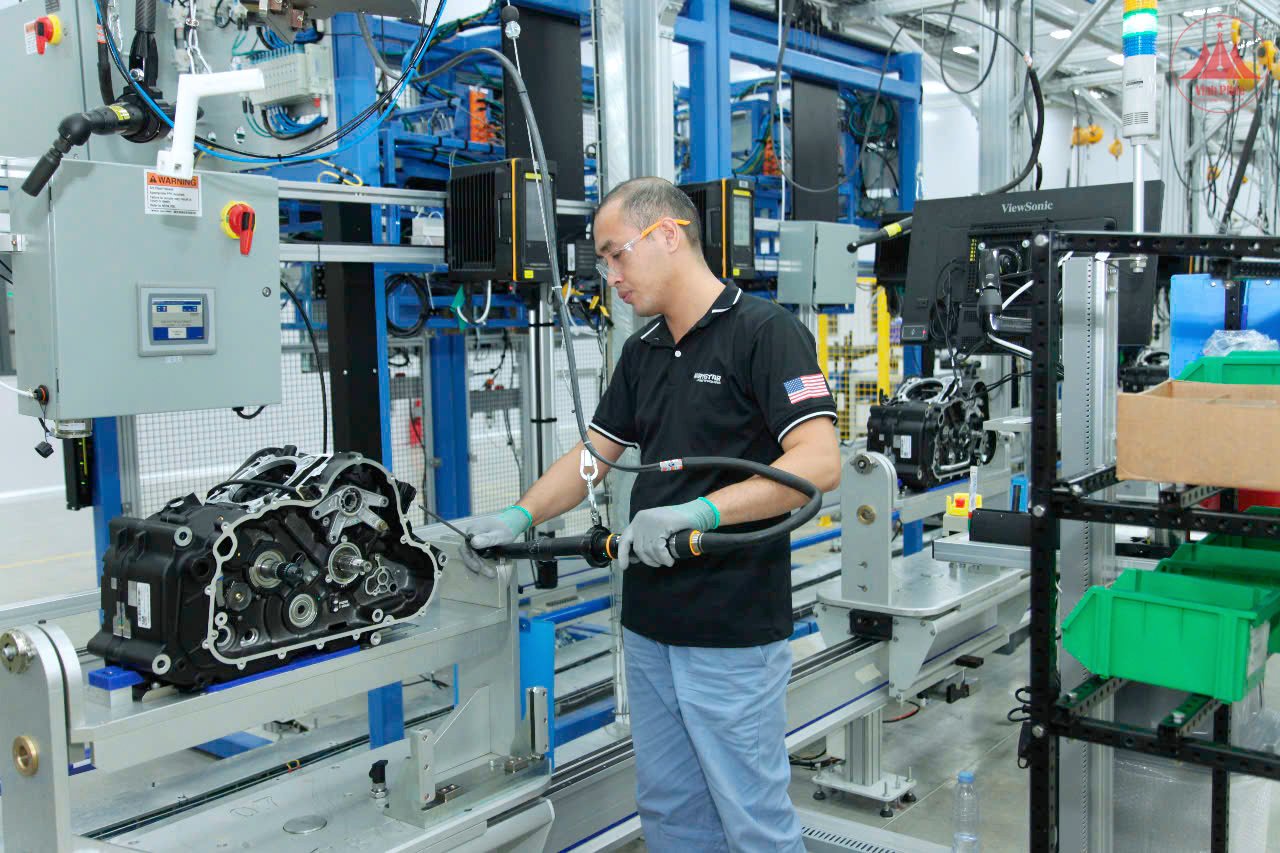
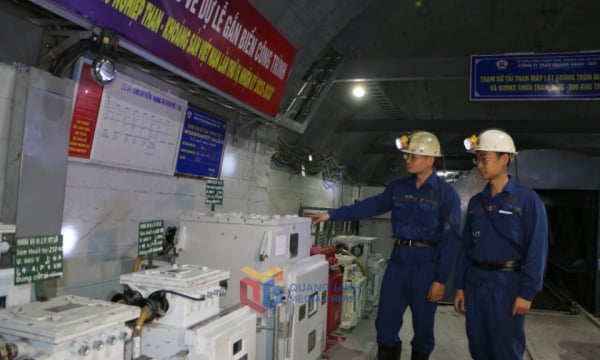

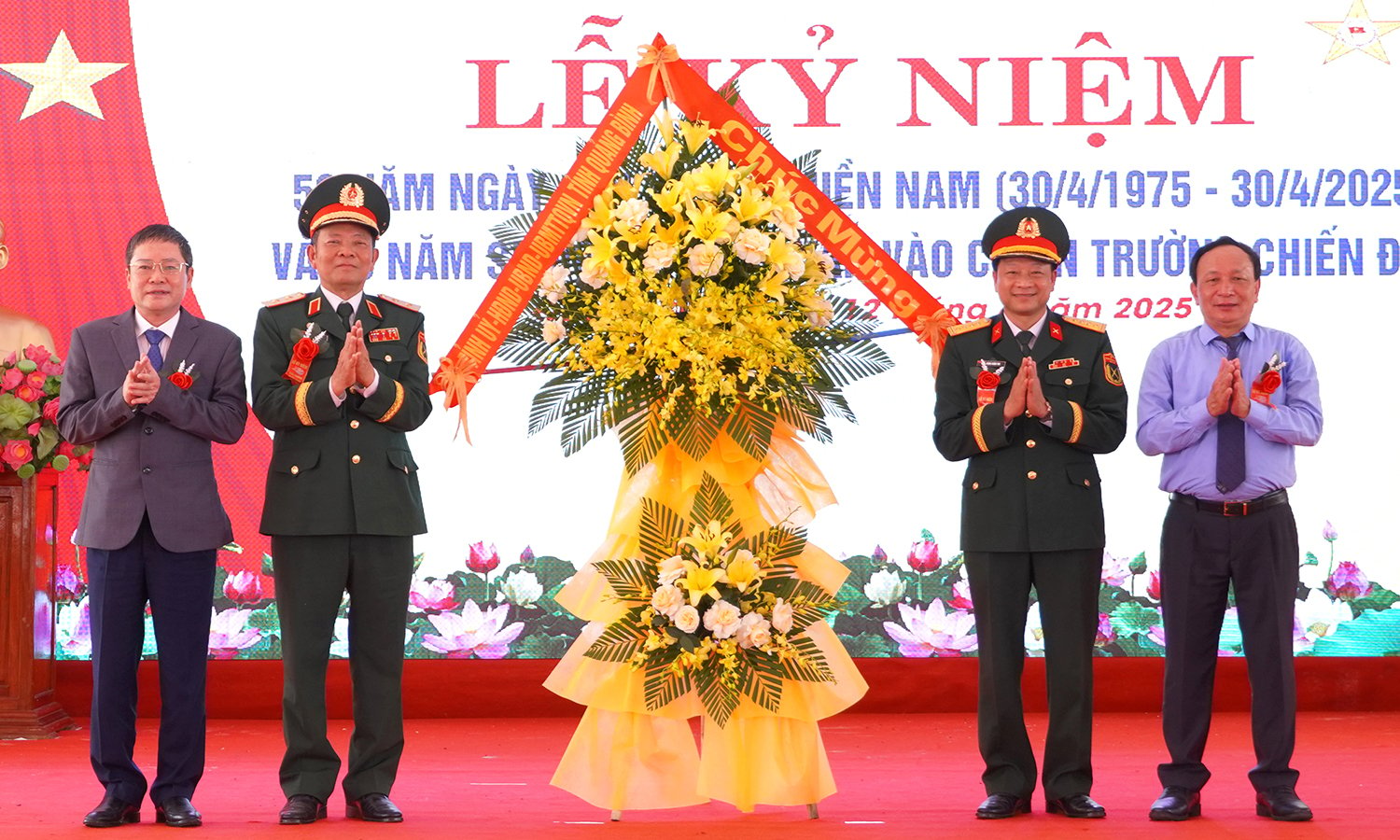












Comment (0)